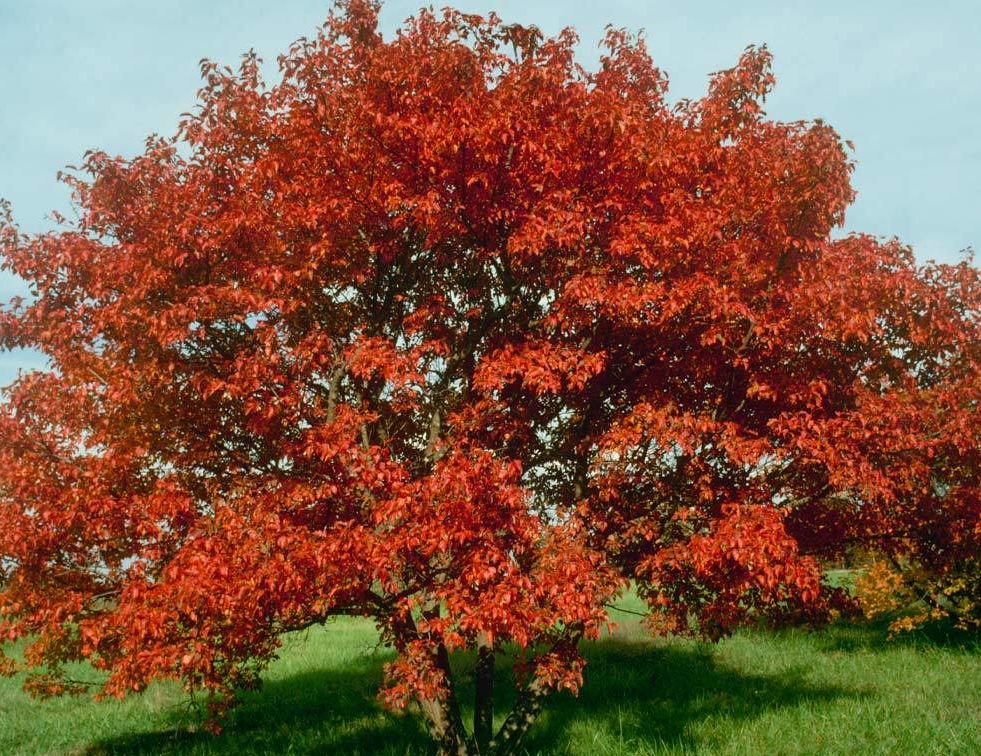

Cut-stump treatment glyphosate and basal bark treatment or frilling with triclopyr are successful.General herbicide treatments are effective.Prescribed fire in prairies can be an effective means of control.Larger trees can be cut, but do resprout.Amur maple saplings are easily pulled by hand.Similar species: Amur maple can be distinguished from other maples by its narrow leaf shape with three shallow lobes. Samaras travel long distances in the wind and readily germinate. See All 0 Results for '' Zone Account Cart. Learn about Maple Tree leaf diseases, pests, mildew, fungus and more. The bark is grayish-brown and smooth when young, developing furrowed striations with age.įlowers: Panicle flowers are fragrant and pale yellow-whitish.įruits & seeds: Red samara (helicopter) seeds (borne in pairs) have tight-angled almost parallel wings. Read our complete guide to the most common problems associated with Maple Trees. This maple tree produces yellowish-white clusters of fragrant flowers in spring and bright red winged seeds in the spring and summer. It works well as a stand alone specimen, a small tree, or you can even shear it and use it as a large shrub. Leaves are simple with three shallow lobes bright green turning scarlet red in fall. Flame Maple Acer ginnala The Amur Flame Maple is a very versatile multi-stemmed shrub/tree. Leaves & stems: Leaves and stems are opposite, with two leaves per stem node.

May contain allelopathic chemicals, inhibiting the root development of desired species.Trees are tolerant of a wide range of environmental conditions, and more drought and shade tolerant than native maples.

Trees produce abundant, wind-dispersed seeds that germinate readily.United States Forest Service designates this species as invasive in several eastern states with similar climate zones.
 Can shade out native species in prairie ecosystems, converting prairie communities to shaded shrubland or woodland. Outcompetes native shrubs and understory trees, reducing overall biodiversity. Invades open grasslands, open forests, prairies, forests and field edges. Scientific names: Acer tataricum, Acer ginnalaĬlassification in Wisconsin: Restricted (all cultivars exempt) Ecological Threat. Common names: Siberian maple, ginnala maple. It is usually grown from seed, and color variations may accordingly occur. 'Flame' turns a brilliant, fiery red in autumn. Specific epithet is in reference to certain areas of Siberia and Mongolia (Tatary) that were invaded and occupied in the Middle Ages by the Tatars. Genus name is the Latin name for a maple tree. Fragrant, greenish-yellow flowers are followed by red-winged samaras (to 1" long). In comparison to the species, its leaves are (a) more lustrous, (b) distinctively three-lobed with a long central lobe and (c) better red (although variable) fall color. It also matures over time to 15-20' tall as a large shrub or small tree. It is native to China, Mongolia, Manchuria, Siberia (along the Amur River Valley), Korea and Japan. ginnala (formerly Acer ginnala), is commonly called Amur maple. ginnala and its cultivars are more often found in cultivation than A. Flowers are followed by winged samaras (to 1” long) that turn a showy red in summer/fall as they mature. Flowers are fragrant, white, and arranged in loose clusters. The leaves are opposite, 3-lobed with toothed margins, and are longer than they are wide. May grow in either a multi-stemmed or single-trunk form. Greenish-white flowers in erect, long-peduncled panicles bloom in spring. Amur maple is a deciduous large shrub or small tree that grows to 20 feet, with brilliant red fall color. Unlobed, broad-ovate, medium green leaves (to 4” long) with irregular doubly serrate margins are found on mature trees. It is native to forested areas from western Asia to southeastern Europe. Acer tataricum, commonly called Tatarian maple, typically grows as a small, upright spreading tree with a dense, rounded crown or as a large multi-stemmed shrub.
Can shade out native species in prairie ecosystems, converting prairie communities to shaded shrubland or woodland. Outcompetes native shrubs and understory trees, reducing overall biodiversity. Invades open grasslands, open forests, prairies, forests and field edges. Scientific names: Acer tataricum, Acer ginnalaĬlassification in Wisconsin: Restricted (all cultivars exempt) Ecological Threat. Common names: Siberian maple, ginnala maple. It is usually grown from seed, and color variations may accordingly occur. 'Flame' turns a brilliant, fiery red in autumn. Specific epithet is in reference to certain areas of Siberia and Mongolia (Tatary) that were invaded and occupied in the Middle Ages by the Tatars. Genus name is the Latin name for a maple tree. Fragrant, greenish-yellow flowers are followed by red-winged samaras (to 1" long). In comparison to the species, its leaves are (a) more lustrous, (b) distinctively three-lobed with a long central lobe and (c) better red (although variable) fall color. It also matures over time to 15-20' tall as a large shrub or small tree. It is native to China, Mongolia, Manchuria, Siberia (along the Amur River Valley), Korea and Japan. ginnala (formerly Acer ginnala), is commonly called Amur maple. ginnala and its cultivars are more often found in cultivation than A. Flowers are followed by winged samaras (to 1” long) that turn a showy red in summer/fall as they mature. Flowers are fragrant, white, and arranged in loose clusters. The leaves are opposite, 3-lobed with toothed margins, and are longer than they are wide. May grow in either a multi-stemmed or single-trunk form. Greenish-white flowers in erect, long-peduncled panicles bloom in spring. Amur maple is a deciduous large shrub or small tree that grows to 20 feet, with brilliant red fall color. Unlobed, broad-ovate, medium green leaves (to 4” long) with irregular doubly serrate margins are found on mature trees. It is native to forested areas from western Asia to southeastern Europe. Acer tataricum, commonly called Tatarian maple, typically grows as a small, upright spreading tree with a dense, rounded crown or as a large multi-stemmed shrub.








 0 kommentar(er)
0 kommentar(er)
